TrendForce released the NAND Flash market report for the third quarter of 2021 on November 24, stating that global NAND flash chip shipments in the third quarter increased by nearly 11%, and the average unit price increased by about 4%. At the same time, the industry's total revenue increased by 15% month-on-month to $18.88 billion.
Samsung Electronics ranks first in the NAND industry, with a market share of 34.5%. Due to the tight supply in the global NAND market, the average selling price of Samsung's products rose by 10%, which brought Samsung's NAND flash memory revenue to $6.51 billion in the third quarter, an increase of 16.5% from the previous quarter.
Kioxia ranks second in the rankings, with a market share of 19.3%. With the continued strong demand for smartphones from major customers and data centers, KIOXIA's shipment volume has increased significantly by more than 15%, and the average unit price has increased by 4%. This allowed Kioxia to achieve the best revenue performance in history, reaching $3.64 billion, an increase of 20.8% from the previous quarter.
SK Hynix ranked third with a market share of 13.5%. The company's third-quarter revenue performance was the best among all suppliers, with a quarter-on-quarter increase of more than 20%. Driven by an increase of about 5% in average selling prices, SK Hynix’s NAND Flash segment revenue reached $2.54 billion this quarter, a quarter-on-quarter increase of 25.6%.
Western Digital's shipments increased by about 8%, and NAND Flash revenue was $2.49 billion; Micron’s third-quarter NAND Flash revenue increased by 8.8% quarter-on-quarter to $1.97 billion; Intel’s NAND Flash revenue during the same period was only $1.11 billion, A slight increase of 0.6% from the second quarter.
TrendForce pointed out that Moving into 4Q21, the impact of the ongoing component gaps has widened to numerous application segments of the NAND Flash market as the capacity crunch in the foundry market remains unresolved. Currently, NAND Flash components are in abundance relative to other kinds of key components. For OEMs and ODMs, the differences between the NAND Flash inventory level and the inventory levels of other components have been growing over the past several months. Therefore, they have to scale back orders and reduce stock for NAND Flash. As inventory adjustments are happening, NAND Flash contract prices will start to drop and thus bring about an end to the several quarters of strong revenue growth enjoyed by suppliers.

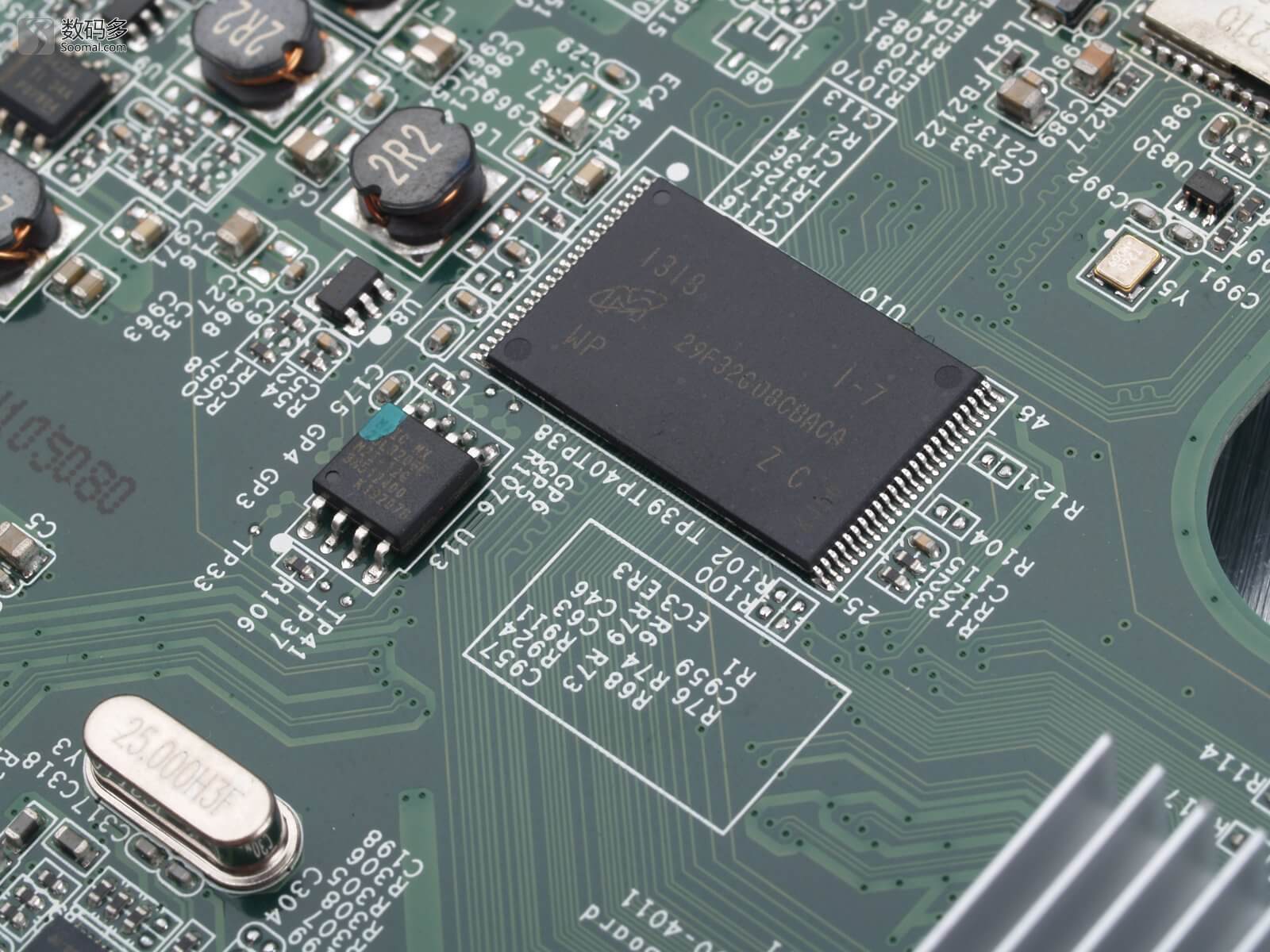






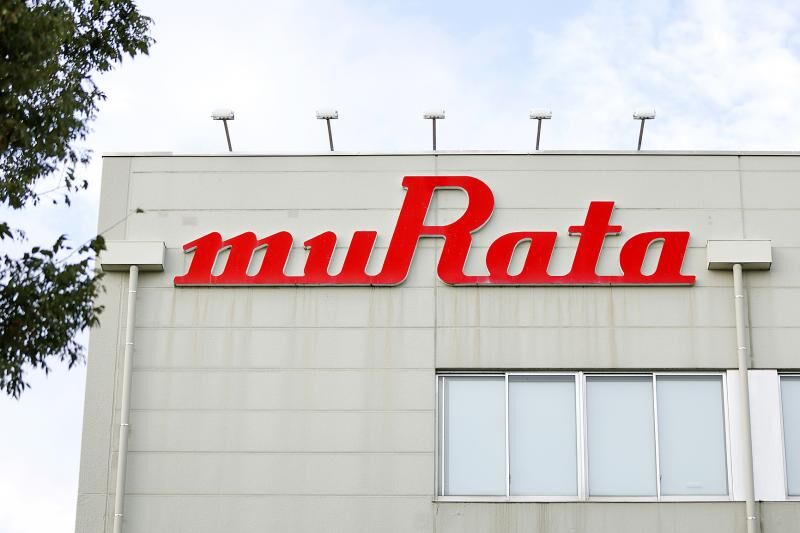
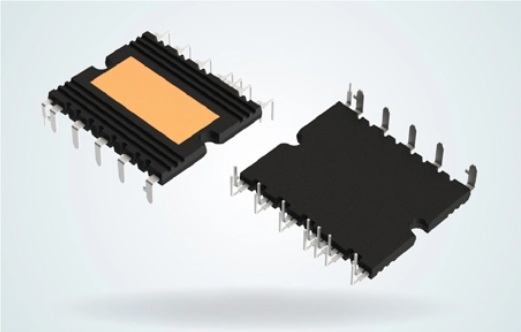
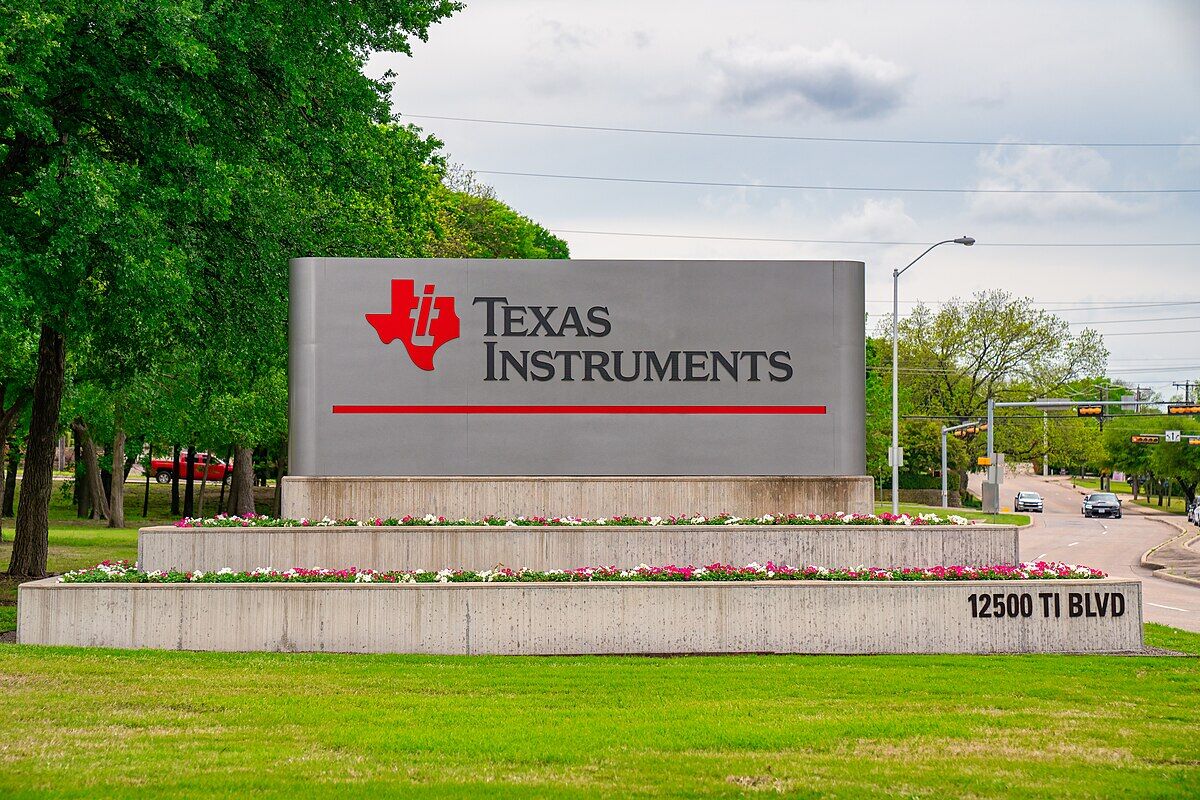
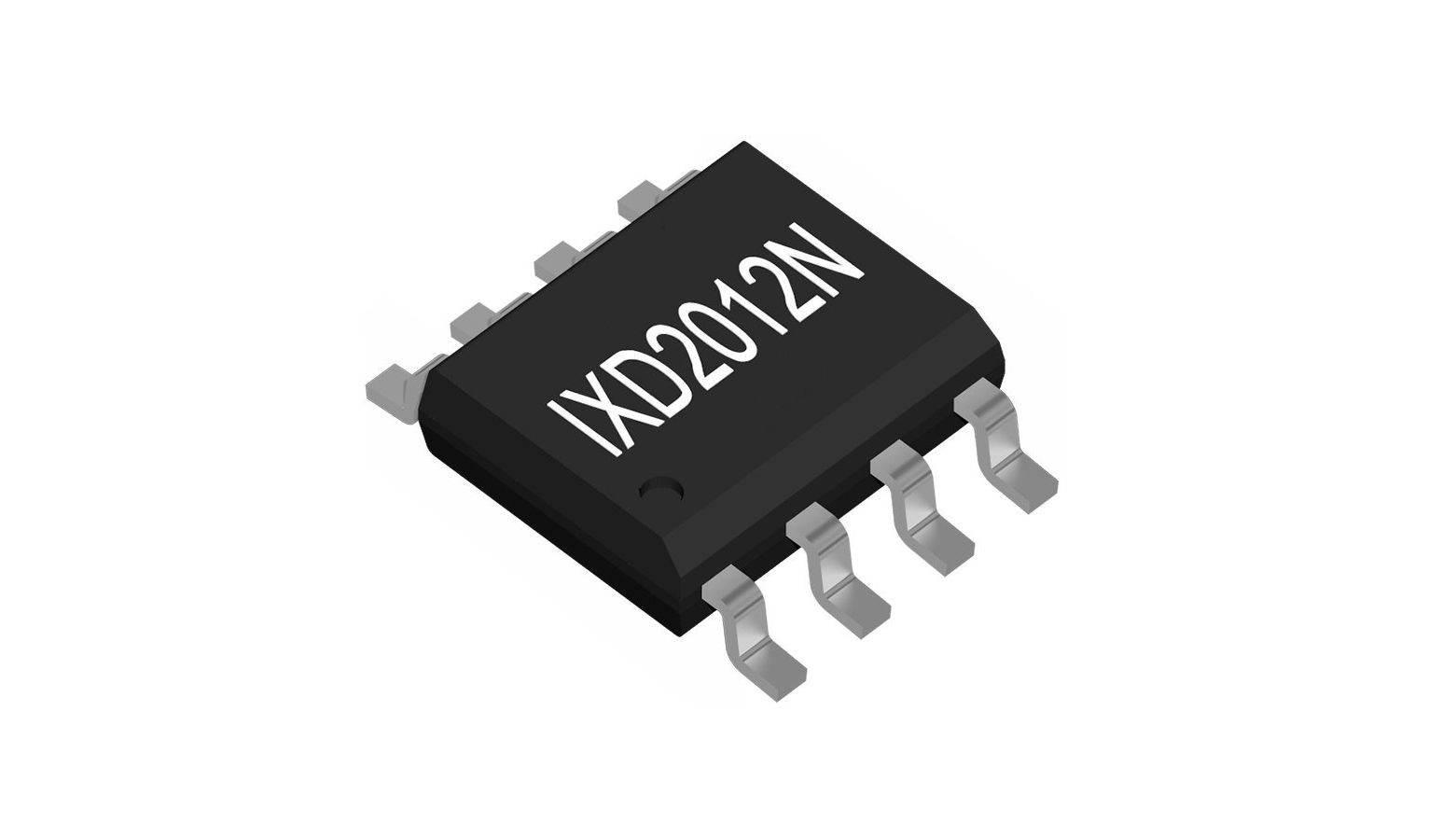
All Comments (0)